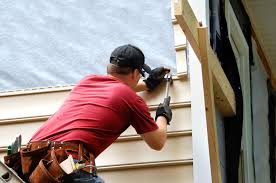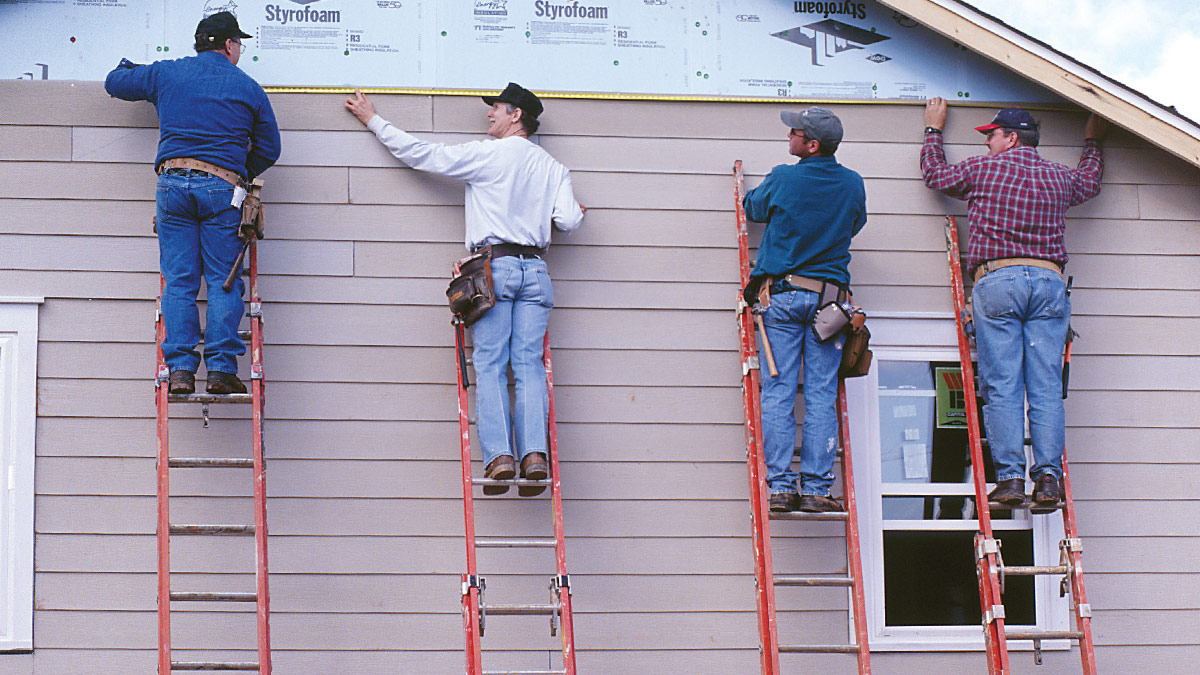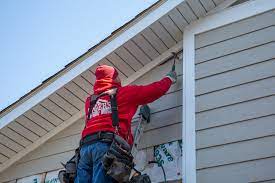Contents
Introduction:
Siding installation is a crucial aspect of home improvement projects, not only enhancing the aesthetic appeal of your house but also providing protection against the elements. Whether you’re renovating your home or constructing a new one, installing siding requires careful planning and execution. In this comprehensive guide, we’ll walk you through the step-by-step process of siding installation, ensuring a successful outcome for your project.
Step-by-Step Siding Installation:
Step 1: Planning and Preparation
Siding installation is a crucial stage in house construction, providing both protection and aesthetic appeal to the exterior walls. Before diving into the installation process, it’s essential to plan meticulously and gather the necessary materials and tools. Start by measuring the dimensions of your walls to determine the amount of siding needed. Consider factors such as the type of siding material, color, and texture that best suit your home’s architectural style and personal preferences.
Next, prepare the surface by cleaning it thoroughly and repairing any damaged areas. Remove old siding, trim, and protrusions, ensuring a smooth and even substrate for the new siding. It’s also crucial to inspect the sheathing and framing for any signs of rot or structural issues that need addressing before proceeding with installation.

Step 2: Choosing the Right Siding Material
There are various siding materials available, each with its unique characteristics and installation requirements. Common options include vinyl, wood, fiber cement, and metal siding. Consider factors such as durability, maintenance needs, energy efficiency, and cost when selecting the right material for your home.
Step 3: Installing the Starter Strip
Begin the installation process by attaching a starter strip along the bottom edge of the wall. This strip serves as a base for the first row of siding panels and helps ensure proper alignment and water drainage. Use galvanized nails or screws to secure the starter strip to the sheathing, making sure it’s level and flush with the ground.
Step 4: Installing the Siding Panels
With the starter strip in place, it’s time to install the siding panels. Start from one corner of the wall and work your way horizontally, overlapping each panel to prevent water infiltration. Follow the manufacturer’s instructions for spacing and fastening methods, ensuring a tight and secure fit. Use a level to check for vertical alignment periodically and make adjustments as needed.
Step 5: Cutting and Fitting
As you progress with the installation, you’ll inevitably encounter areas that require cutting and fitting, such as around windows, doors, and corners. Use a utility knife, tin snips, or a saw, depending on the material, to make accurate cuts and ensure a precise fit. Take your time to measure carefully and double-check before cutting to avoid wastage and costly mistakes.

Step 6: Adding Trim and Accessories
Once the siding panels are in place, add trim pieces and accessories to complete the look and enhance functionality. Install J-channels around windows and doors to provide a clean finish and accommodate siding ends. Use corner caps or trim pieces to cover exposed edges and corners, adding visual interest and protection against moisture infiltration.
Step 7: Finishing Touches and Inspection
After installing the siding panels, take a step back and inspect the entire installation for any gaps, misalignments, or imperfections. Make any necessary adjustments and perform a final cleanup to remove debris and dust. Consider applying a coat of paint or sealant to enhance the durability and longevity of the siding, depending on the material used.
Conclusion:
Siding installation is a rewarding project that can transform the appearance and functionality of your home. By following this step-by-step guide and paying attention to detail, you can achieve professional-quality results that will stand the test of time. Whether you’re a seasoned DIY enthusiast or hiring a professional contractor, proper planning, preparation, and execution are key to a successful siding installation project.




[…] siding installation is not just about aesthetics; it’s about enhancing the functionality and comfort of your home. […]